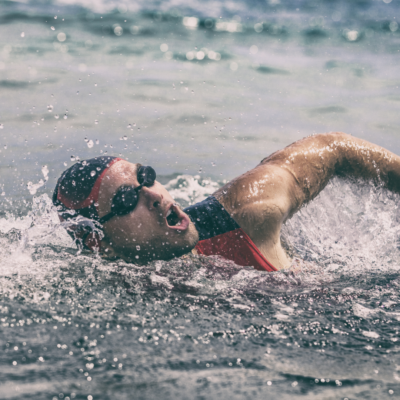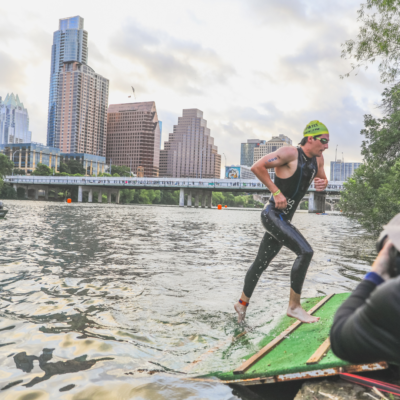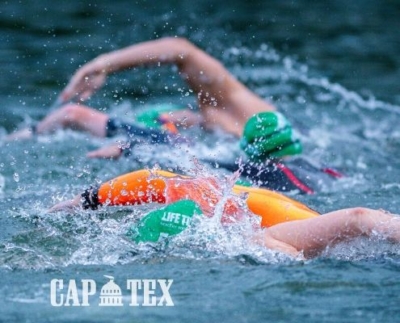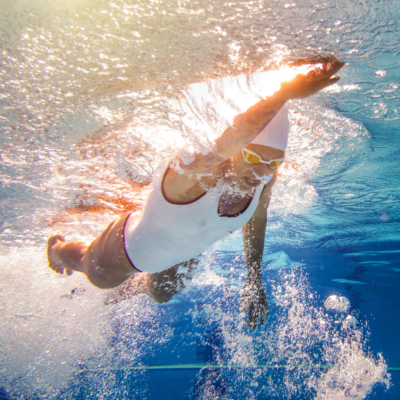Mastering the Swim: Techniques and Drills for Success
Diving into the world of triathlons can be as exhilarating as it is challenging, especially when it comes to mastering the swim. Whether you’re a seasoned athlete aiming for a personal best in the CapTex Tri or a newcomer eager to tackle your first triathlon, the swim segment often poses unique obstacles. However, with the right techniques and drills, success is within reach. This guide is designed to equip you with the essential swimming strategies and practices to enhance your performance in the water, paving the way for a triumphant and rewarding experience at the CapTex Tri.
Let’s embark on this journey together, where every stroke and every breath brings you closer to your ultimate triathlon goals.
1. Focus on Form and Breathing
Efficient swimming begins with mastering your form and breathing technique. Proper form not only reduces drag but also conserves energy during the swim. Remember the following tips:
- Body Position: Maintain a horizontal body position, with your head aligned with your spine and hips near the water surface. This reduces resistance and helps you move through the water smoothly.
- Kick: Use a controlled and steady kick. Avoid excessive kicking, which can waste energy and leave you fatigued early in the race.
- Arm Movement: During the stroke, extend your arm fully and pull through the water with your fingertips, pushing water backward. Keep your strokes smooth and relaxed.
- Breathing: Practice bilateral breathing (breathing on both sides) to balance your stroke and prevent muscle fatigue. Inhale quickly to the side during arm recovery and exhale steadily underwater.
2. Train for Open Water Swimming
Pool training is essential, but open water swimming brings its own set of challenges. The lack of pool walls and the presence of other swimmers can create a sense of disorientation and anxiety. Incorporate open water sessions into your training to get comfortable with these conditions.
- Sighting: Learn to sight effectively to swim in a straight line. Lift your head slightly forward every few strokes to spot landmarks or buoys.
- Here’s how to refine your sighting technique:
- Frequency: Practice varying your sighting frequency based on visibility and the crowd of swimmers. In clear conditions with fewer competitors, you might sight less frequently. However, in murkier waters or when in a dense group, you’ll need to increase your sighting to avoid veering off course.
- Landmarks: Choose distinctive landmarks that are easy to recognize from a distance. This could be a brightly colored buoy, a distinctive tree line, or architectural features on the shore.
- Integration: Work on integrating sighting smoothly into your stroke to minimize energy expenditure. This involves coordinating your breath with the moment you lift your head to sight, ensuring you maintain forward momentum.
- Here’s how to refine your sighting technique:
- Drafting: Practice drafting behind other swimmers, which can save energy by reducing drag. However, ensure you maintain a safe distance and avoid contact.
- Here’s how to draft effectively:
- Positioning: The ideal drafting position is directly behind or slightly to the side of the swimmer in front of you. Being too close may result in accidental contact, while too far reduces the drafting effect.
- Switching: Practice switching drafting partners smoothly during your training. This skill can come in handy during the race if you find yourself behind a slower swimmer or if the lead swimmer changes pace.
- Etiquette: Remember, drafting is a strategy that should respect the personal space and safety of fellow competitors. Always maintain a courteous distance, and avoid aggressive maneuvers that could disrupt others.
- Here’s how to draft effectively:
- Adaptation Drills: To bridge the gap between pool and open water conditions, incorporate specific drills into your training:
- Open Water Simulation: Occasionally train in a swimming pool without touching the walls or using them for push-offs, mimicking continuous swimming in open water.
- Group Swims: Organize or join group swims in open water to get used to the proximity of other swimmers, learning how to navigate and draft without physical contact.
- Varied Conditions:
3. Interval Training and Drills
Incorporate interval training and specific drills into your swim workouts to improve speed, endurance, and technique.
- Interval Training: Swim a series of shorter distances at a higher intensity, followed by a brief rest period. This type of training improves cardiovascular fitness and race pace.
- Kick Drills: Use a kickboard to focus on your kick technique and strengthen leg muscles. Try different kicks like flutter kick and dolphin kick.
- Pull Drills: Use a pull buoy between your legs to isolate arm movement and build upper body strength.
- Bilateral Breathing Drills: Practice breathing on both sides during your swim sets to improve balance and adaptability.
4. Mental Preparation
Swimming in open water with a crowd can be mentally challenging. Mental preparation is crucial to stay calm and focused during the swim portion.
- Visualization: Before the race, visualize yourself successfully completing the swim leg. Imagine swimming smoothly, sighting effectively, and maintaining a steady rhythm.
- Positive Affirmations: Develop positive affirmations to repeat to yourself during the race. Encouraging phrases like “I am strong,” “I can do this,” and “I am a capable swimmer” can boost your confidence.
- Practice OWS Simulation: Whenever possible, practice open water swimming in a controlled environment. Familiarize yourself with the course, if possible, to build confidence.
5. Seek Professional Coaching
Consider seeking guidance from a professional swim coach or joining a swimming group. A coach can identify areas for improvement, provide personalized feedback, and design a training plan tailored to your strengths and weaknesses. You can also join the Austin Tri Club which offers a training community in Austin where you can receive free coaching advice from fellow triathletes.
Remember, mastering the swim portion takes time and consistent effort. Don’t get discouraged by initial challenges; focus on progress and enjoy the learning process. Incorporate these techniques and drills into your training routine, and you’ll be well on your way to conquering the swim leg of the Captex Triathlon with confidence!
See you at the starting line, swimmers! Good luck and happy training!










